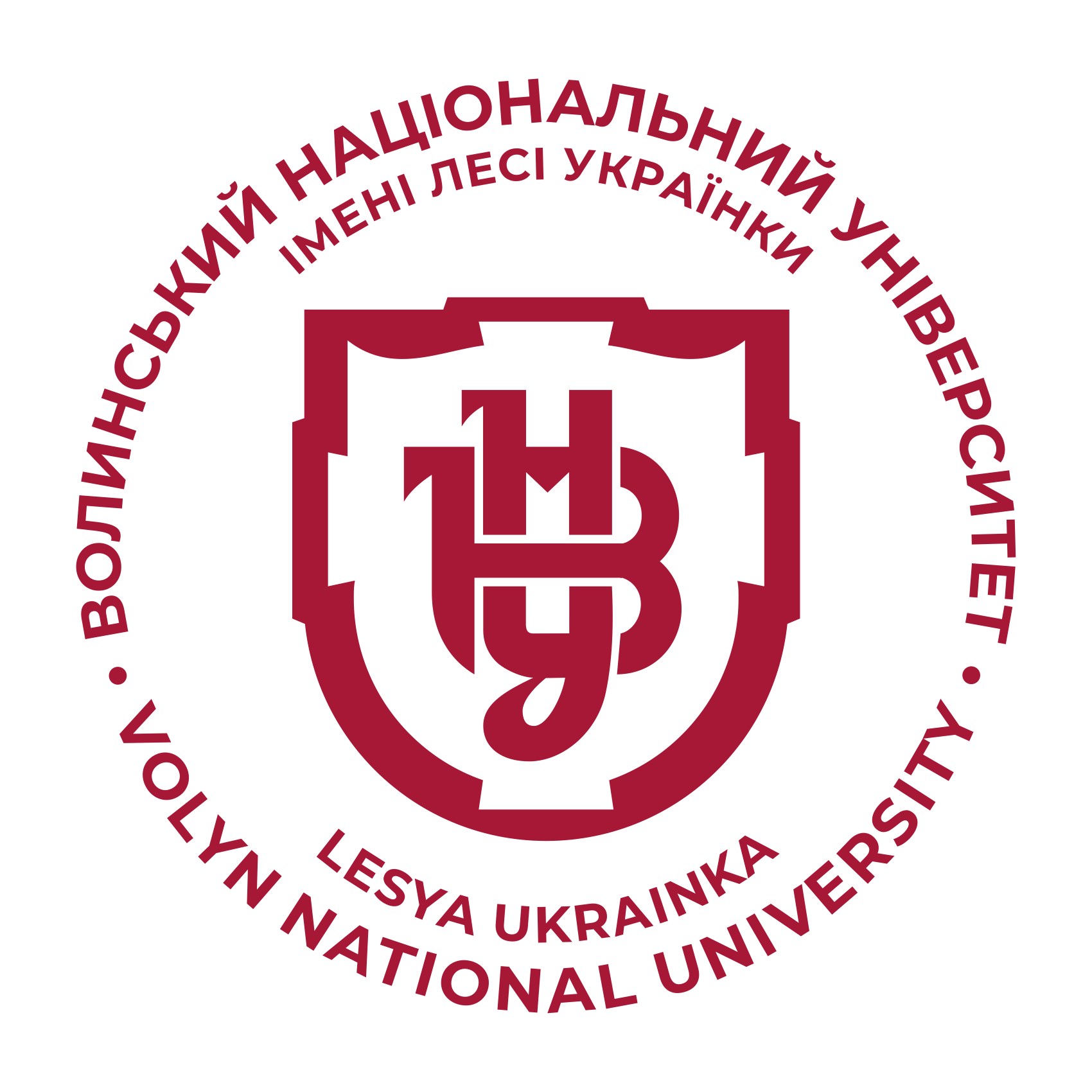Global Factors of Transformation and Competitiveness of National Higher Education Systems in the 21st Century
DOI:
https://doi.org/10.29038/2411-4014-2017-03-13-20Keywords:
higher education, transformation, competitiveness, global factors, opportunities, threatsAbstract
The article is devoted to the analysis of opportunities and threats for the development of national higher education systems. Factors which have a global impact on the transformation and competitiveness of higher education systems in the 21st century are identified.
Based on the analysis of international documents, analytical and statistical data, and methods of empirical research, a set of global demographic, socio-economic and technological factors of the competitiveness of higher education systems is systematized.
The global impact of demographic factors is manifested in the reduction in the proportion of young people in Europe, including Ukraine, structural shifts in the age distribution of the population in favor of older people, and consequently - the reduction in demand for educational products among the population of traditional «student» age. Socio-economic factors are associated with the asymmetry of human development indicators and active processes of various forms of migration, global competition for talented students and researchers. Technological factors, with signs of the fourth industrial revolution, are responsible for the diversification of teaching and learning methods, the growth in the number of on-line educational products, the development of various types of non-formal education, and, as a consequence, the democratization of higher education.
The originality of the research is related to the substantiation of theoretical hypotheses regarding the main tendencies and factors of the development of higher education by means of empirical analysis and a wide range of statistical, sociological and expert data.
Based on the results of the empirical analysis, the opportunities and threats of the external and internal environment of its functioning are determined. The results of the analysis make it possible to determine the competitive advantages of the higher education system and its institutions at the national level, to identify their strengths and weaknesses, and, accordingly, to improve the processes of developing competitiveness management strategies in the
global educational space.
References
McCowan, T. (2016). Universities and the post-2015 development agenda: an analytical framework. High Educ, 72, 505–523. Retrieved from https://doi.org/10.1007/s10734-016-0035-7.
Ilnitsky, D.O. (2016). Hlobalʹna konkurentsiya v naukovo-osvitnʹomu prostori [Global competition in the scientific and educational space]. Kyiv: KNEU [in Ukrainian].
UNESCO (2017). Institute for Statistics, Montreal. Retrieved from http://www.uis.unesco.org.
OECD (2017). Education, Paris. Retrieved from http://www.oecd.org/education.
Eurostat (2016). Population age structure by major age groups, 2005 and 2015. Statistics Explained. Retrieved fromhttp://ec.europa.eu/eurostat/statistics-explained/index.php/File:Population_age_structure_by_major_age_groups,_2005_and_2015_(%25_of_the_total_population)_YB16.png.
Eurostat (2016). Population structure by major age groups, EU-28, 2015–80. Statistics Explained. Retrieved from http://ec.europa.eu/eurostat/statistics-explained/index.php/File:Population_structure_by_major_age_groups,_EU-28,_2015%E2%80%9380_(%C2%B9)_(%25_of_total_population)_YB16.png
State Statistics Service of Ukraine (2017). Population of Ukraine (1990-2016). Retrieved from http://www.ukrstat.gov.ua. [in Ukrainian].
Libanova, Е. М. (Eds.). (2016). Complex demographic forecast of Ukraine for the period up to 2050, Kyiv: Ukrainian Center for Social Reforms [in Ukrainian].
OECD (2016). Education at a Glance 2016: OECD Indicators. Paris: OECD Publishing. Retrieved from http://dx.doi.org/10.187/eag-2016-en.
United Nations Development Programme (2016). Human Development Report 2016: Human Development for Everyone. Retrieved from http://hdr.undp.org/sites/default/files/2016_human_development_report.pdf.
Efimov, V. S. & Lapteva, V. S. (2010). Vyssheye obrazovaniye v Rossii: vyzovy XXI veka [Higher Education in Russia: Challenges of the 21st Century]. Universitetskoye upravleniye: praktika i analiz –University management: practice and analysis, 4, 6–17 [in Russian].
OECD (2016). International Migration Outlook 2016. Paris : OECD Publishing. Retrieved from http://www.oecd.org/migration/international-migration-outlook-1999124x.htm.
Schwab, K. (2015). The Fourth Industrial Revolution. What It Means and How to Respond? Foreign Affairs, December 12. Retrieved from https://www.foreignaffairs.com/articles/2015-12-12/fourth-industrial-revolution.
European Commission (2010). A Digital Agenda for Europe. Brussels: Сommission to the European Parliament, the Council, the European Economic and Social Committee and the Committee of the Regions. Retrieved from http://ec.europa.eu/europe2020/pdf/digital-agenda-communication-en.pdf.
European Commission (2012). Rethinking Education: Investing in skills for better socio-economic outcomes. Strasbourg. Retrieved from http://ec.europa.eu/transparency/regdoc/rep/1/2012/EN/1-2012-669-EN-F1-1.Pdf.
European Commission (2017). Rethinking Education. What is it? Retrieved from http://ec.europa.eu/education/policy/multilingualism/rethinking-education_en
UNESCO (2015). Draft Preliminary Report Concerning the Preparation of a Global Convention on the Recognition of Higher Education Qualifications. Paris. Retrieved from http://unesdoc.unesco.org/images/0023/002347/234743E.pdf.
Johnson, L., Adams Becker, S., Cummins, M., Estrada, V., Freeman, A. and Hall, C. (2016). NMC Horizon Report: 2016 Higher Education Edition. Austin, Texas: The New Media Consortium.
Hatch, P. J. (2016). Technology Market Assessment: Ukraine 2016. Akholi Research. Version 1.1.1. Retrieved from http://www.akholi.com/wp-content/uploads/2016/02/Ukraine-Technology-Exports-2016.pdf.







